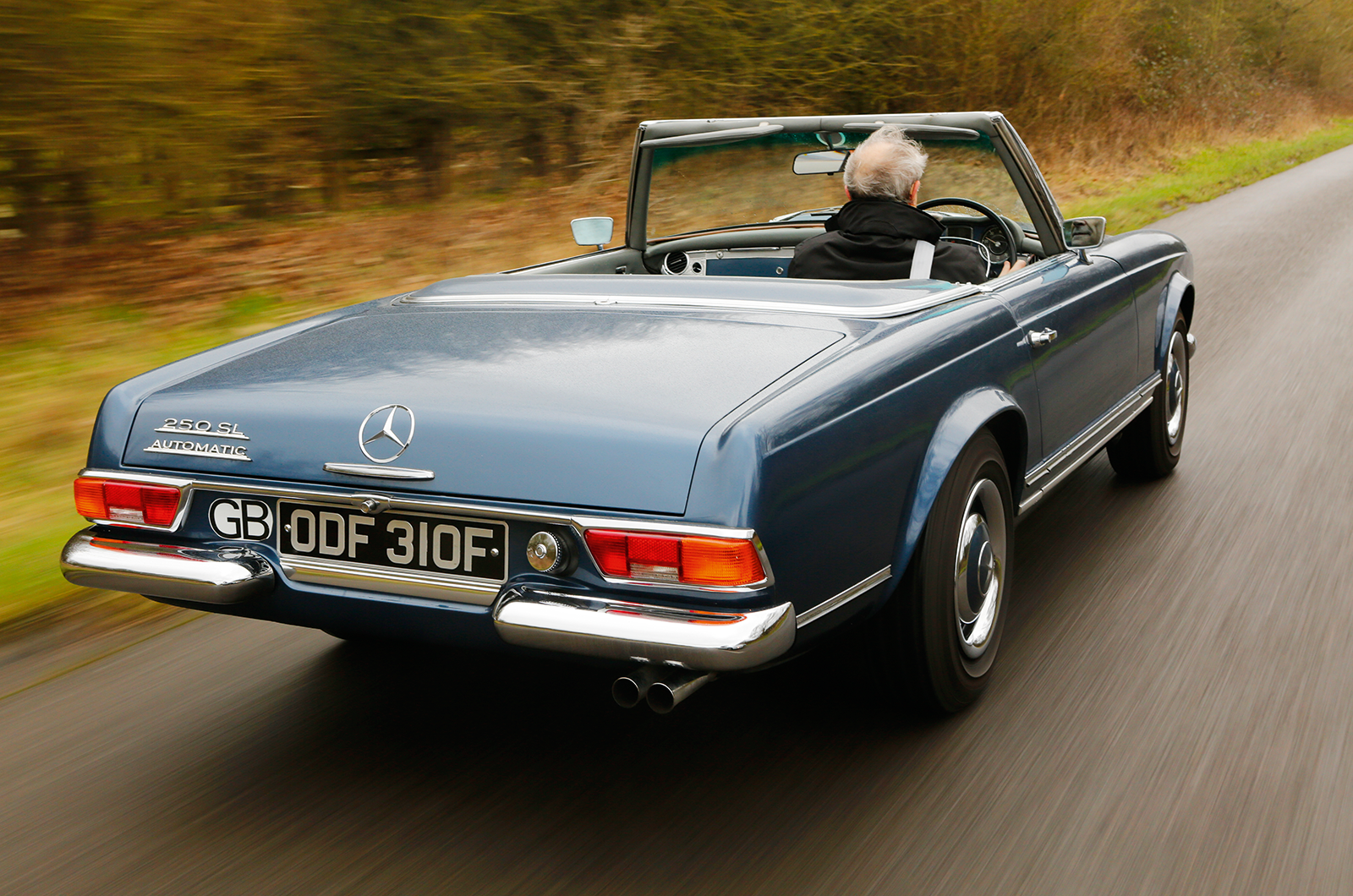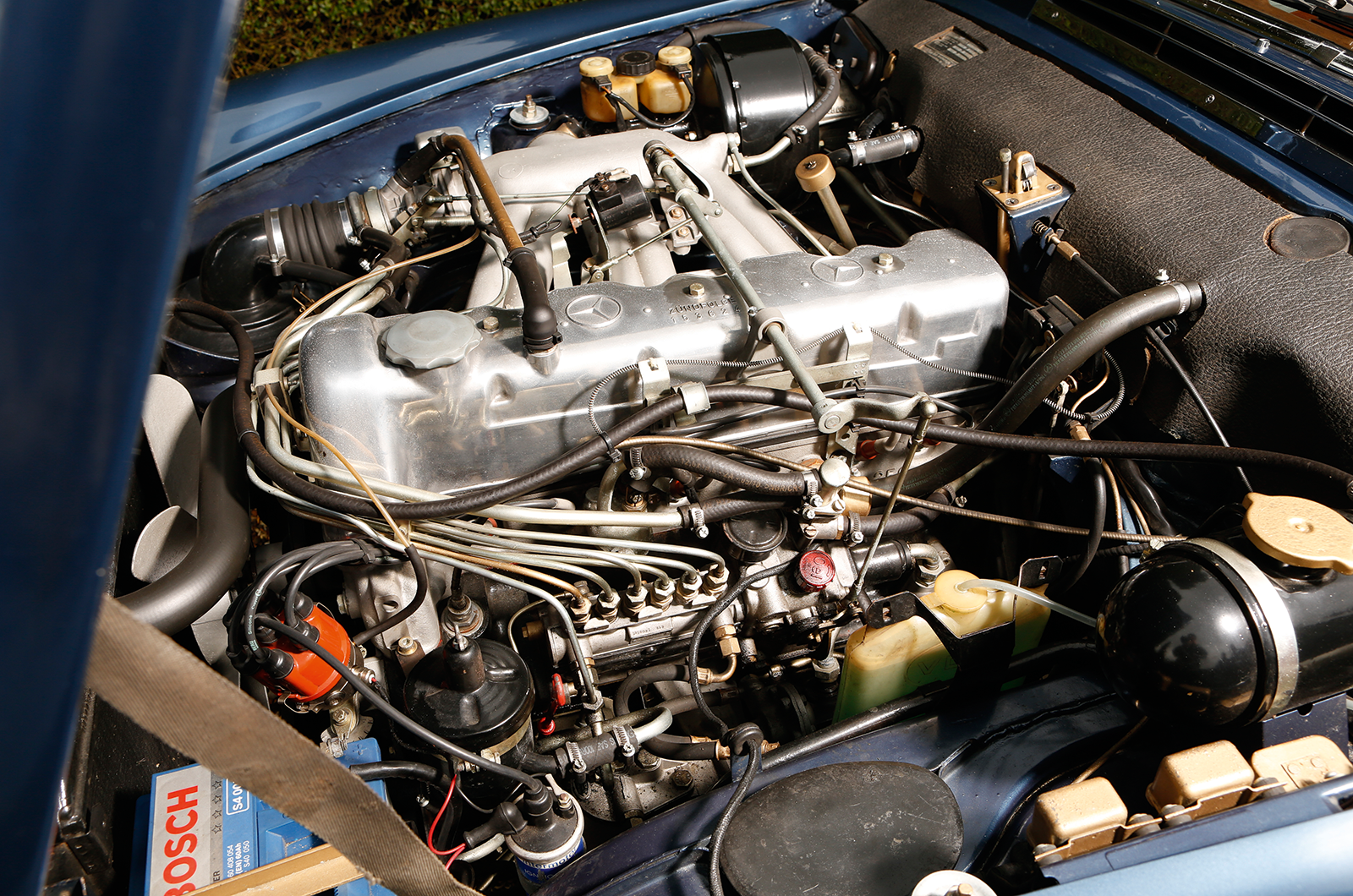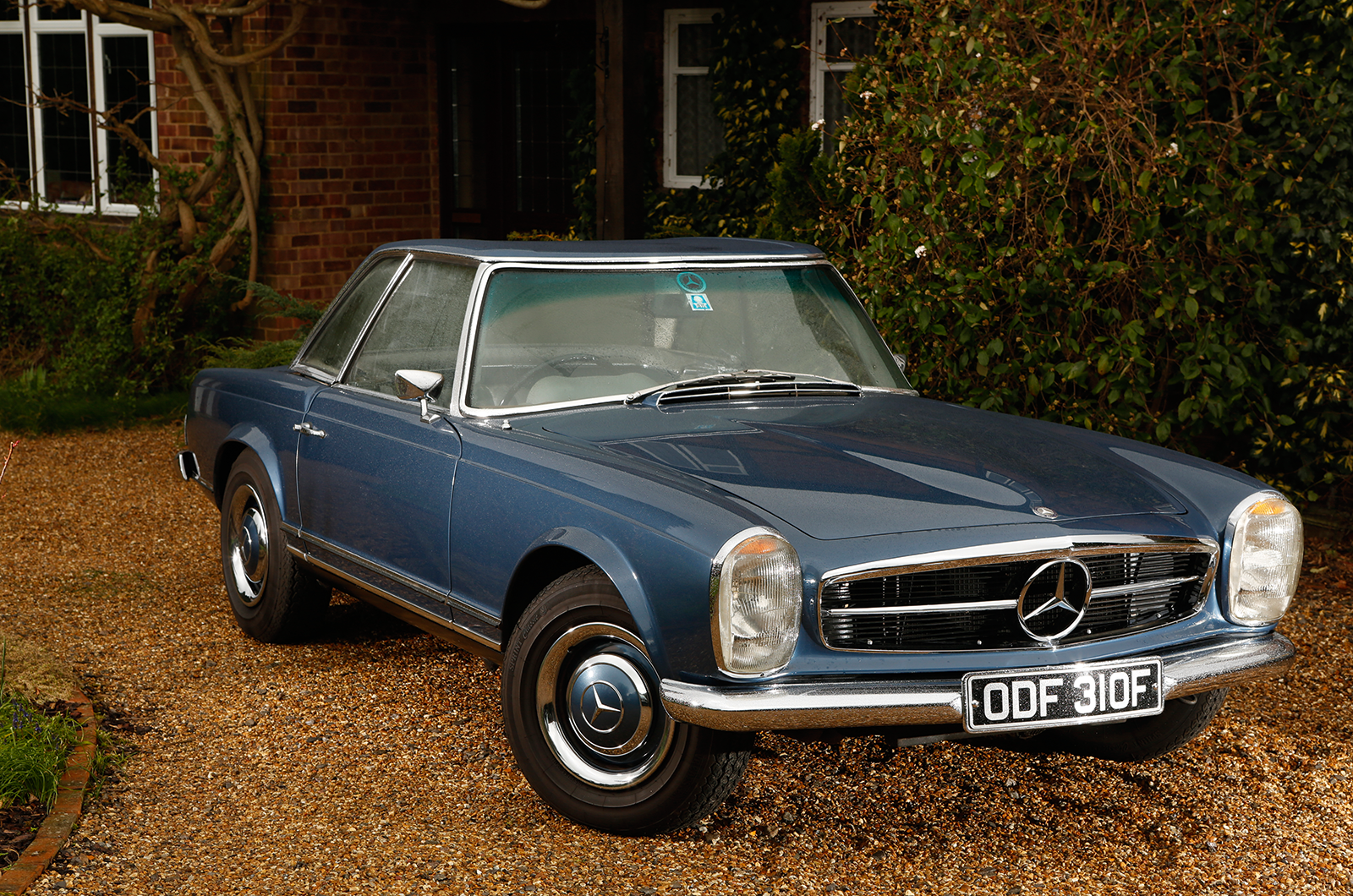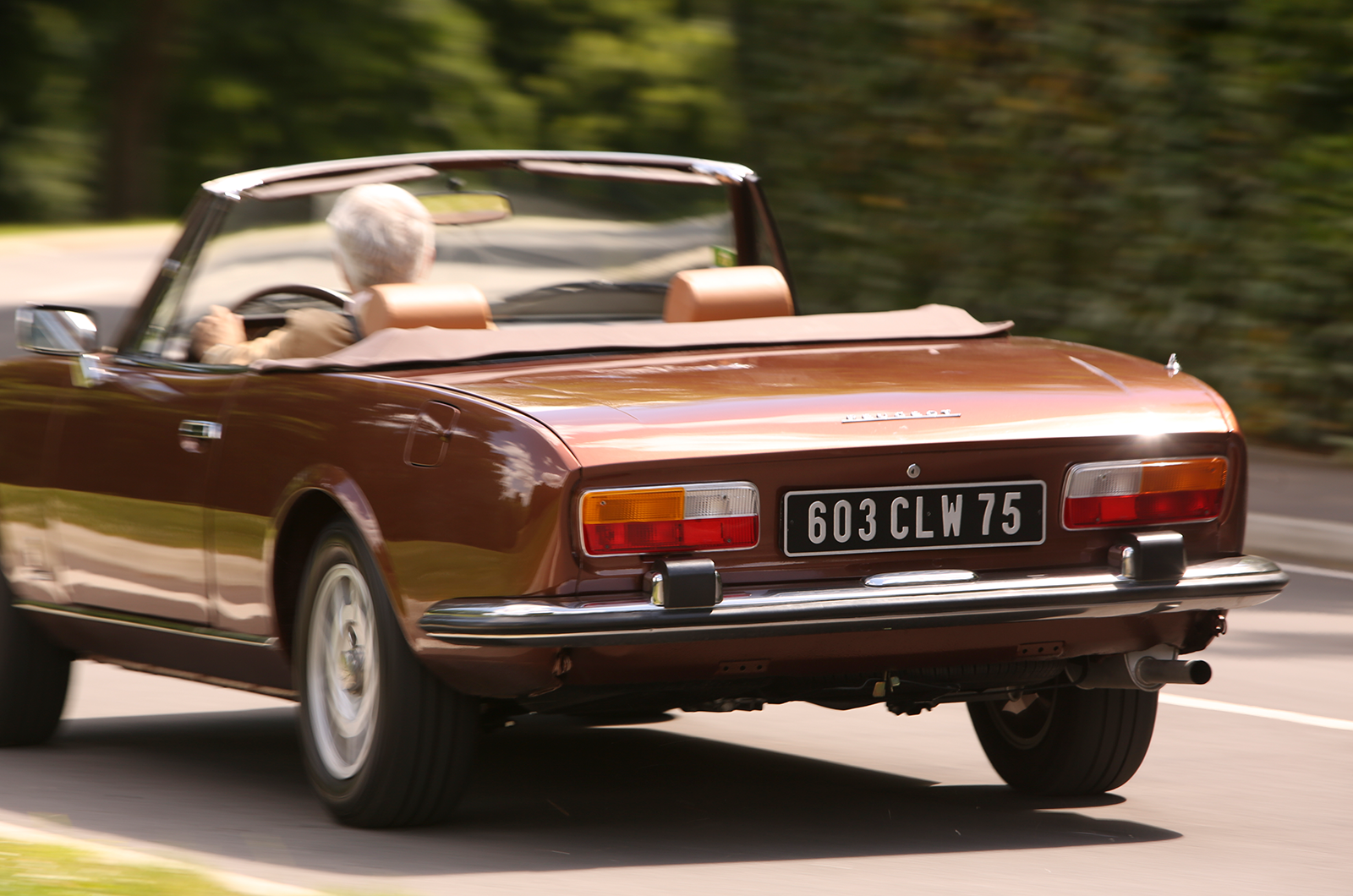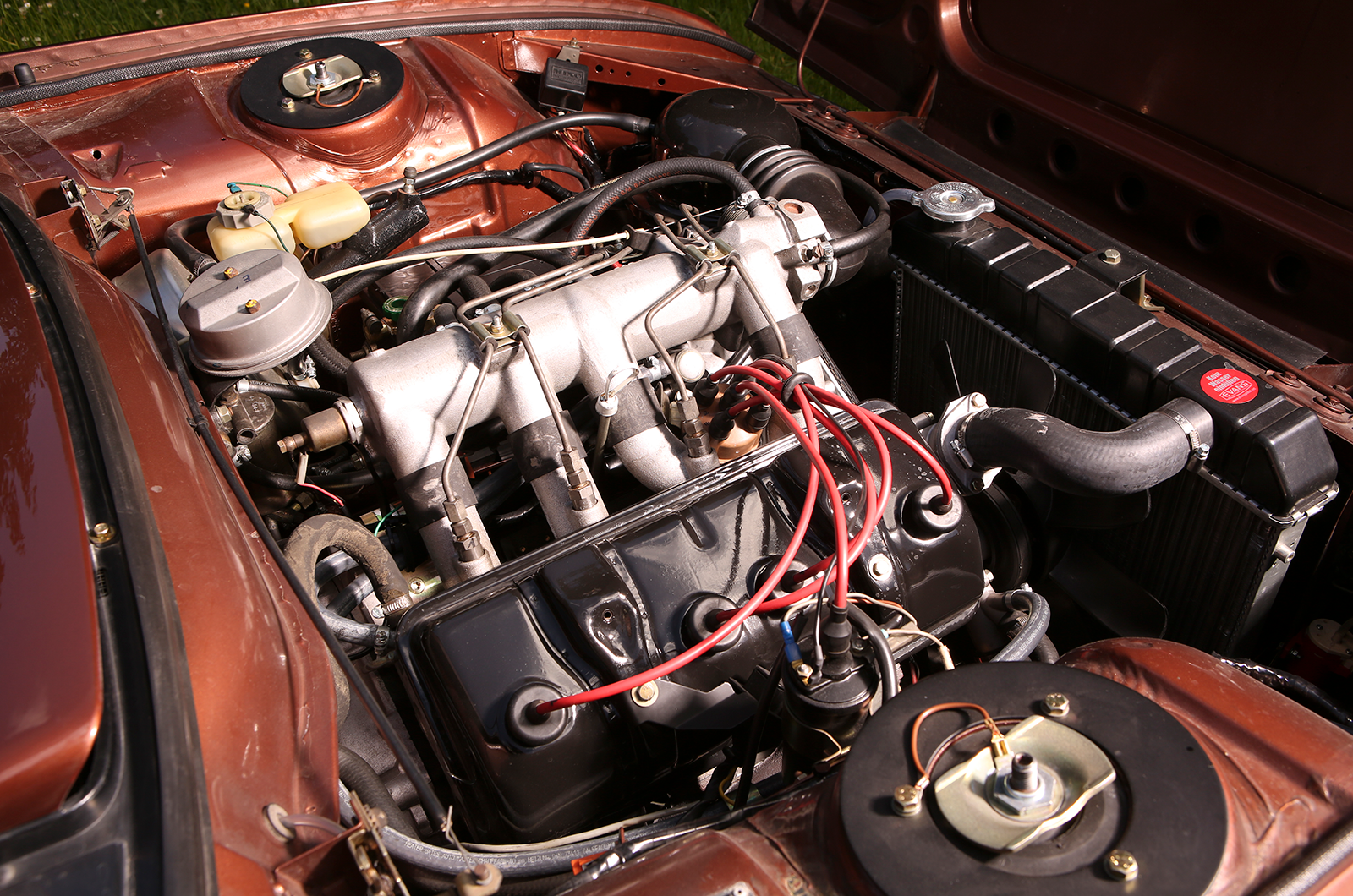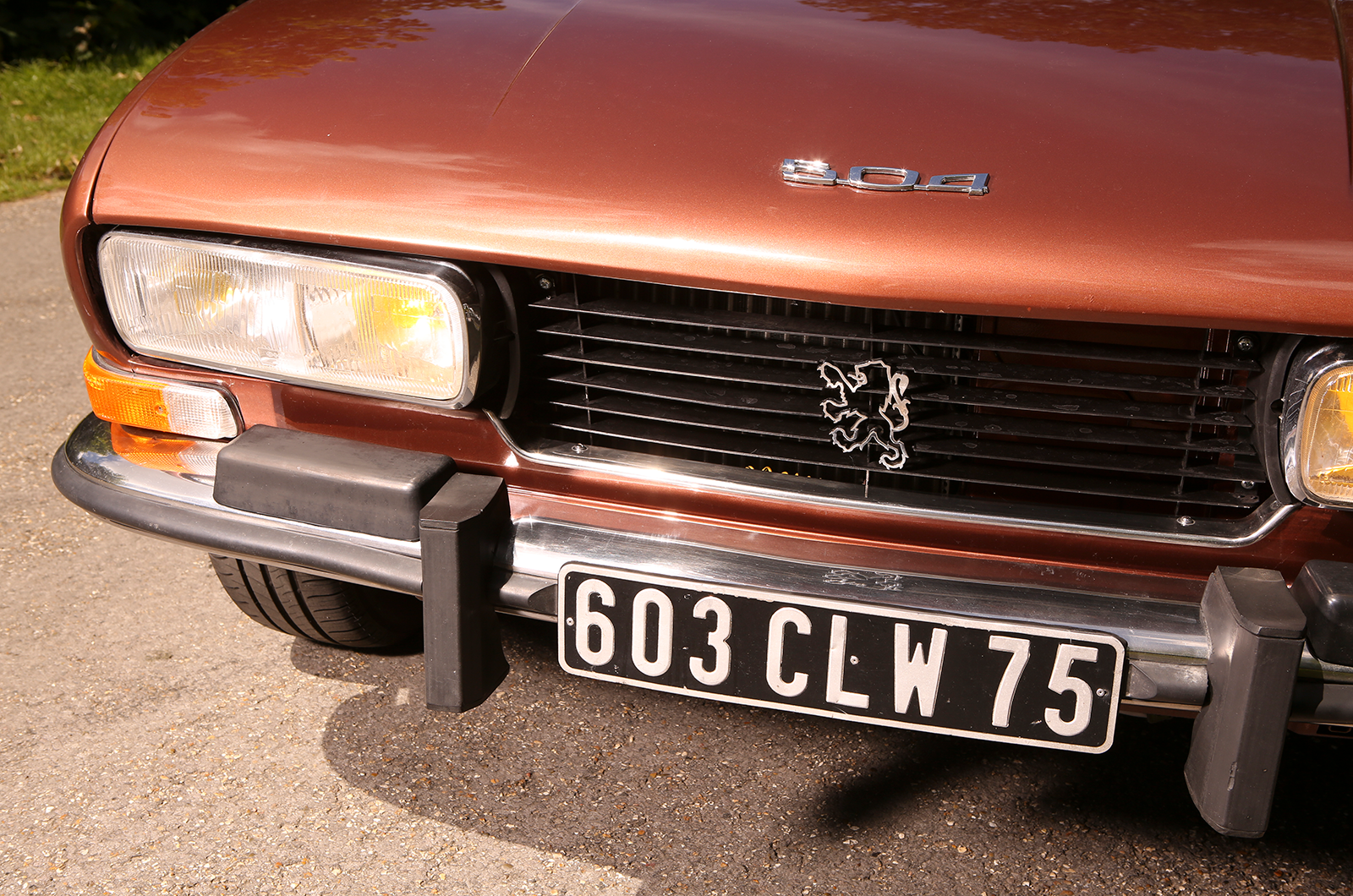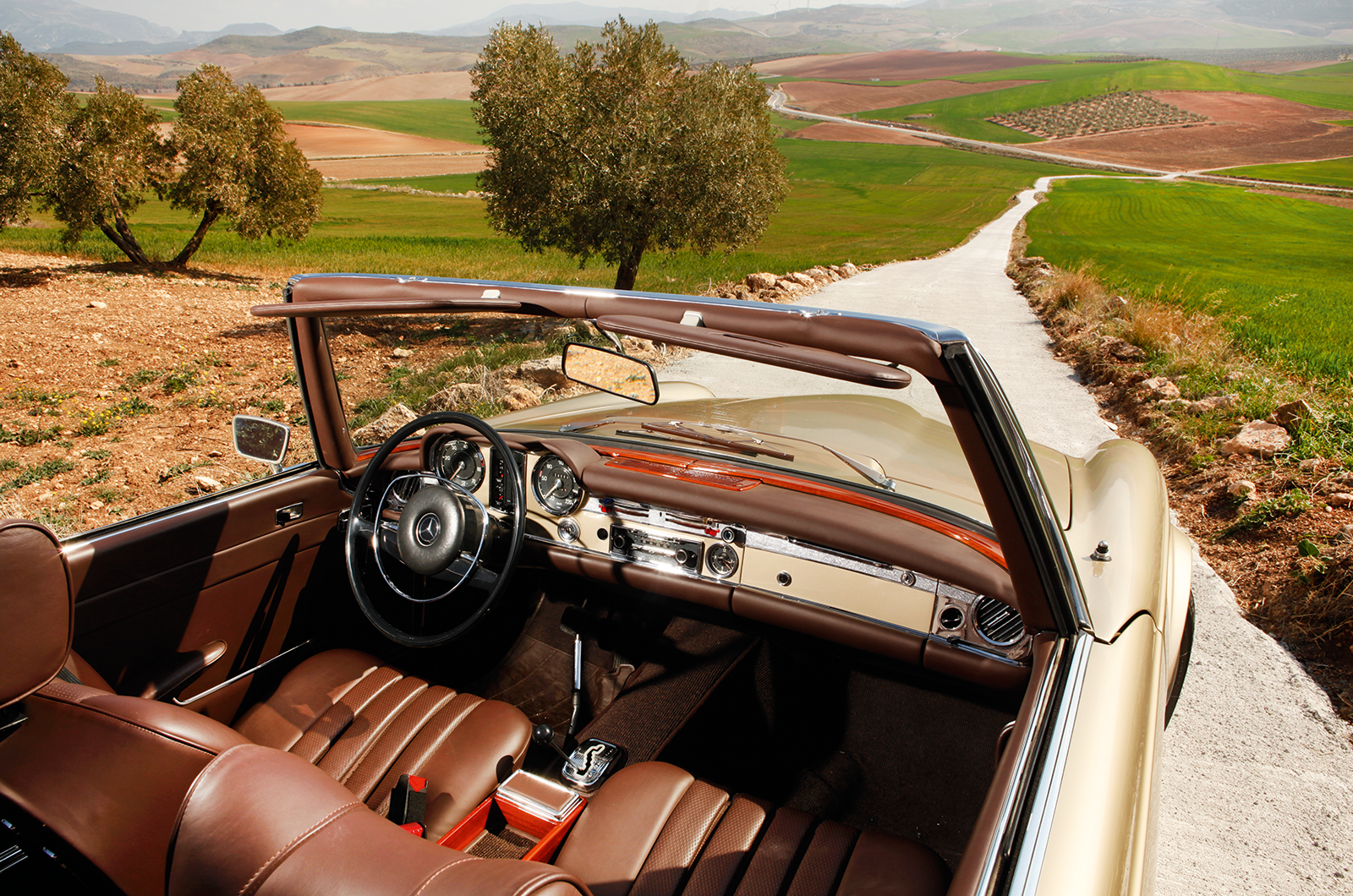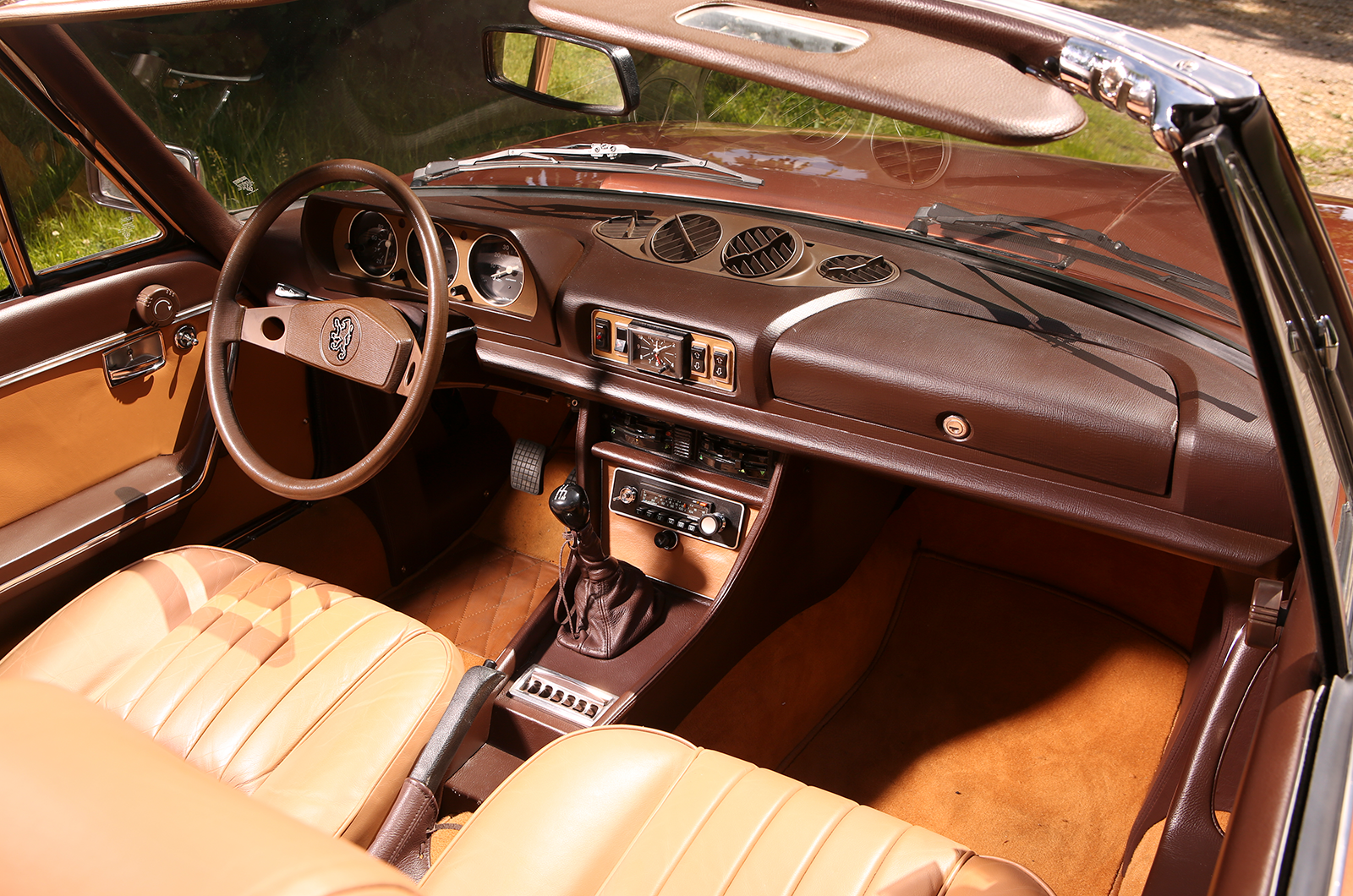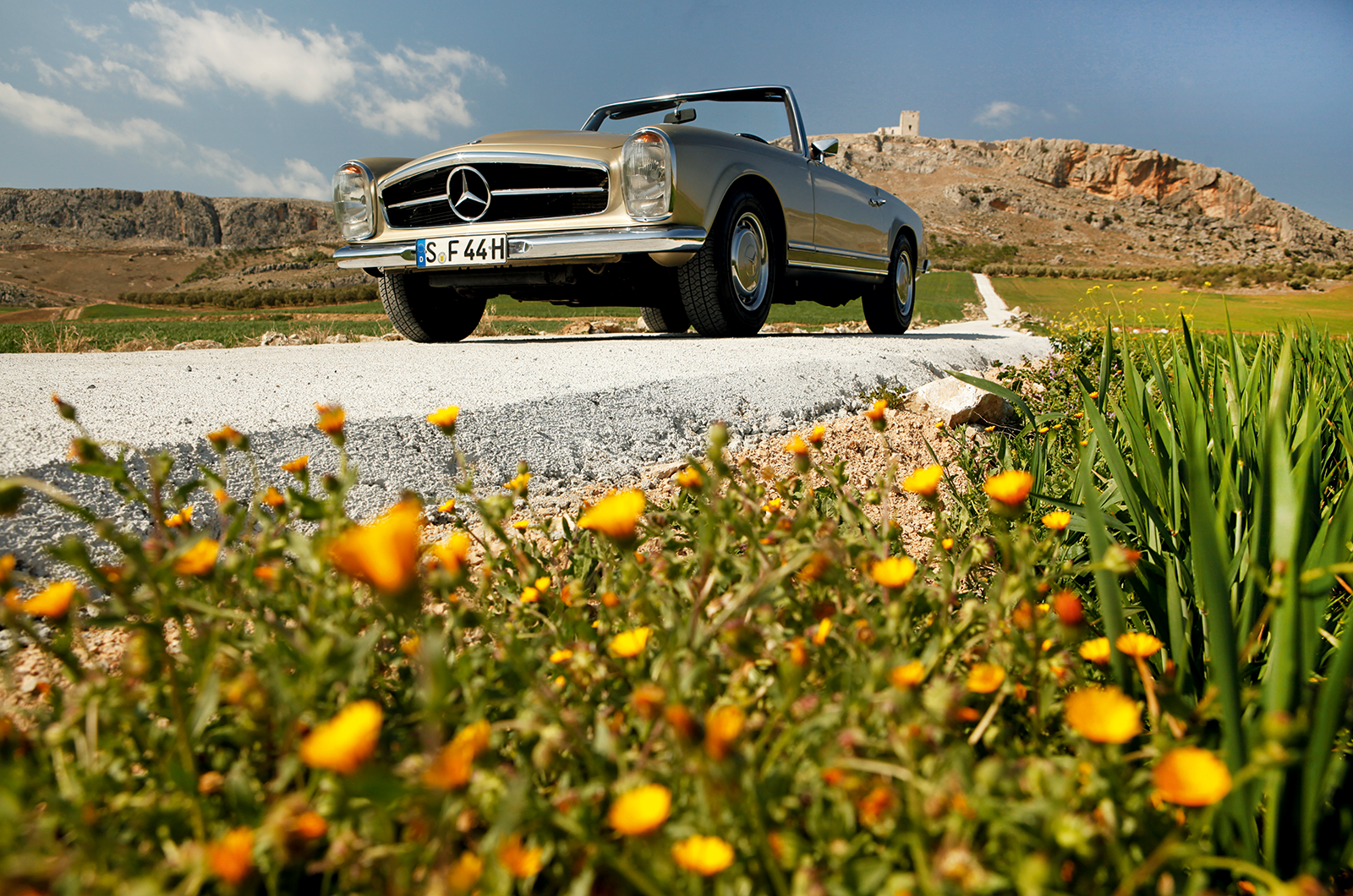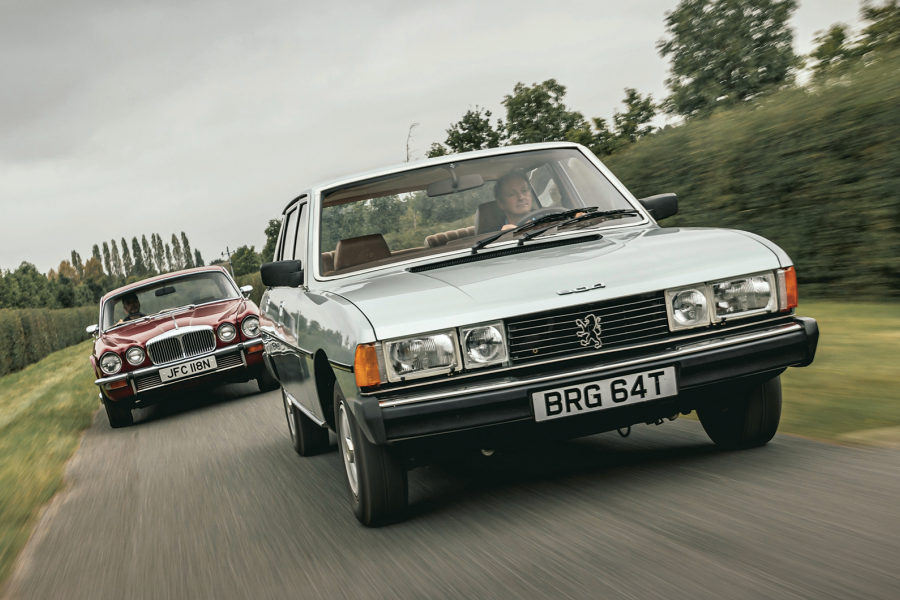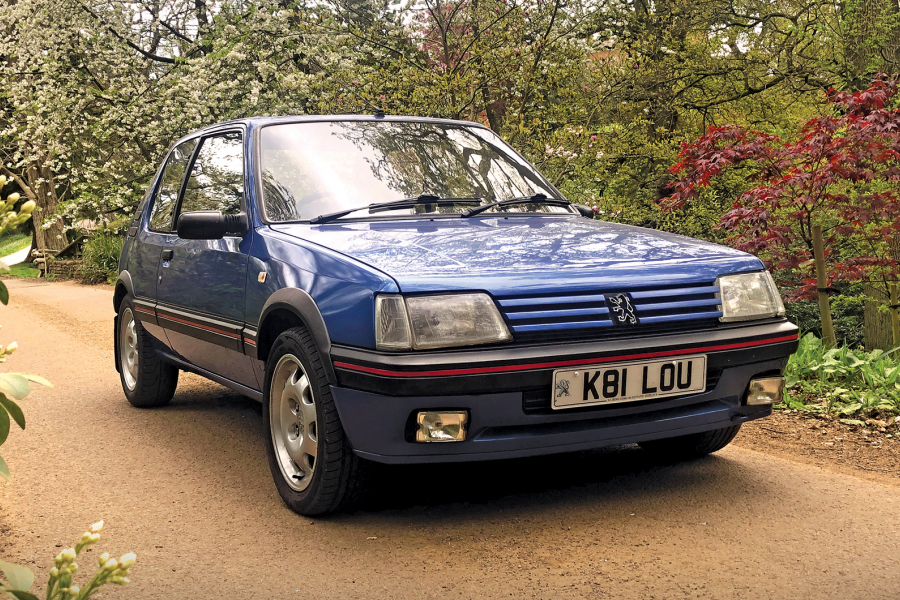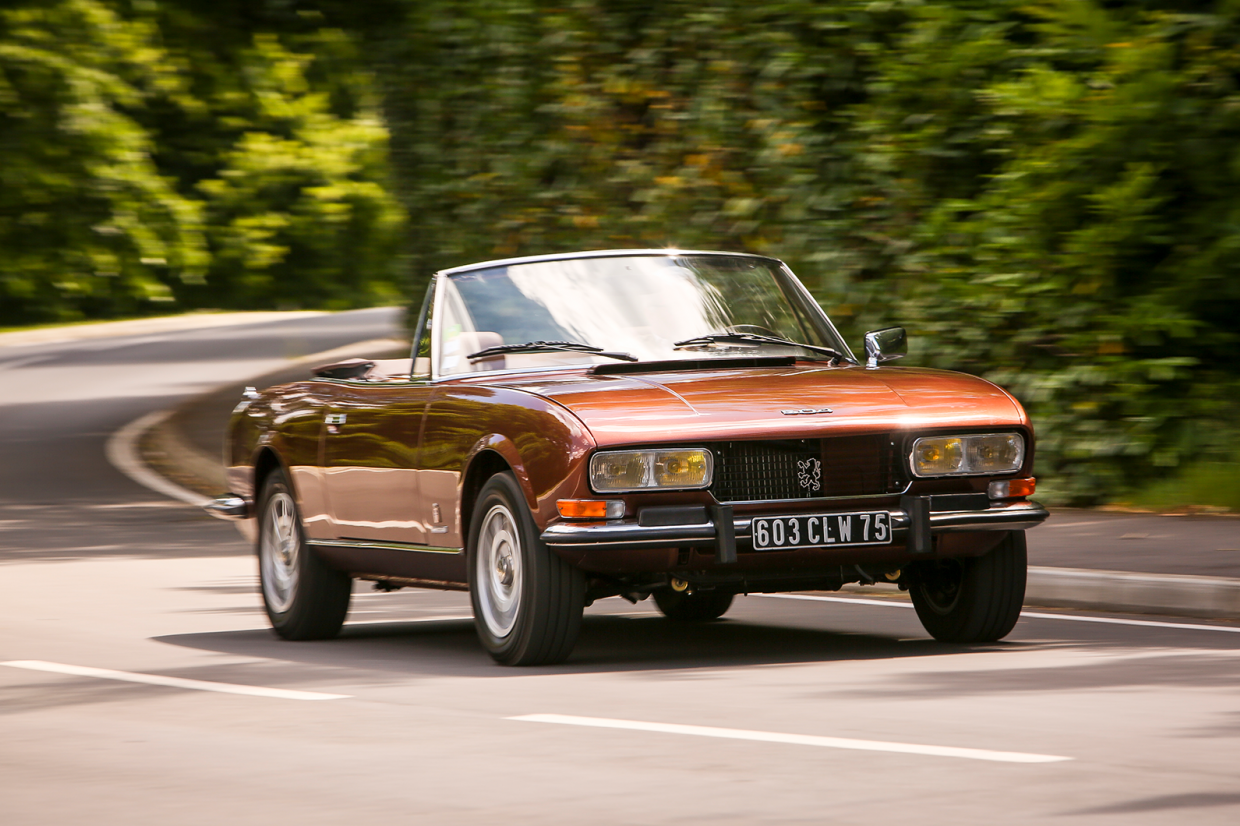
Far be it from me to ever knock the Mercedes-Benz Pagoda.
I first drove one in the late ’80s and loved it. Later encounters only confirmed the feeling. Even if I never really wanted to own one myself I could totally see the appeal: the solid feel, the quality finish and the sense that this was a stylish and fun car of the ’60s that would actually go on working.
Even if they had been terrible cars to drive, the shape would have sold them to most people. No subsequent SL has come close to it, in my book. And before you say it, I don’t think the 300SL is anything like as pretty, great car though it is.
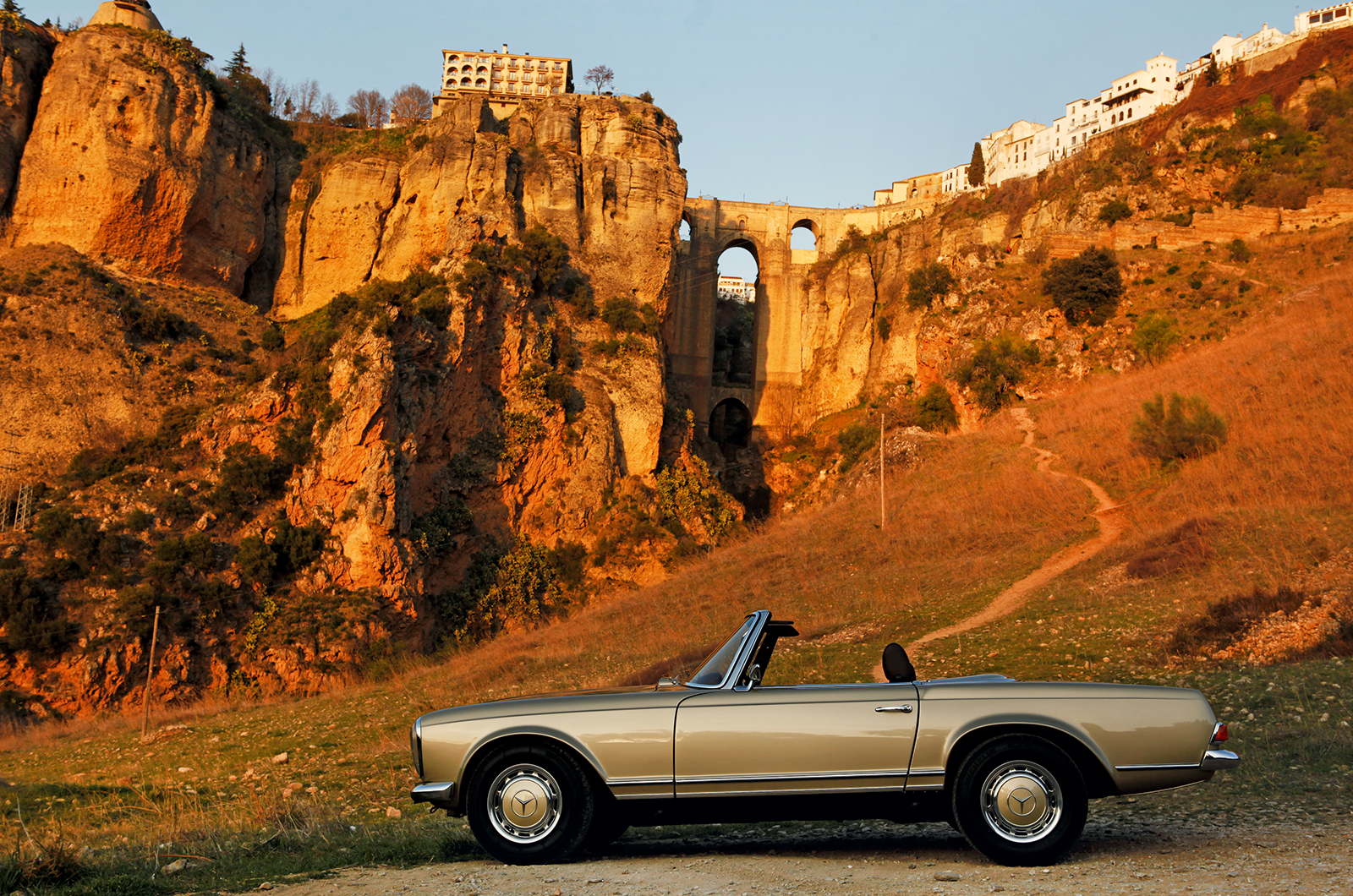
Mercedes-Benz 280SL ‘Pagoda’: “A safe, suburban status symbol”
Having said I didn’t feel the need to own a Pagoda (being more a saloon sort of chap), I have actually had two – a 280SL and a 250SL. Thus, I come from a position of first-hand knowledge of what they are like to live with, and most of the news is good.
Then again I could say the same about the Peugeot 504 Cabriolet, having owned two in quick succession, and enjoyed them for their refinement and sensuous Pininfarina looks.


